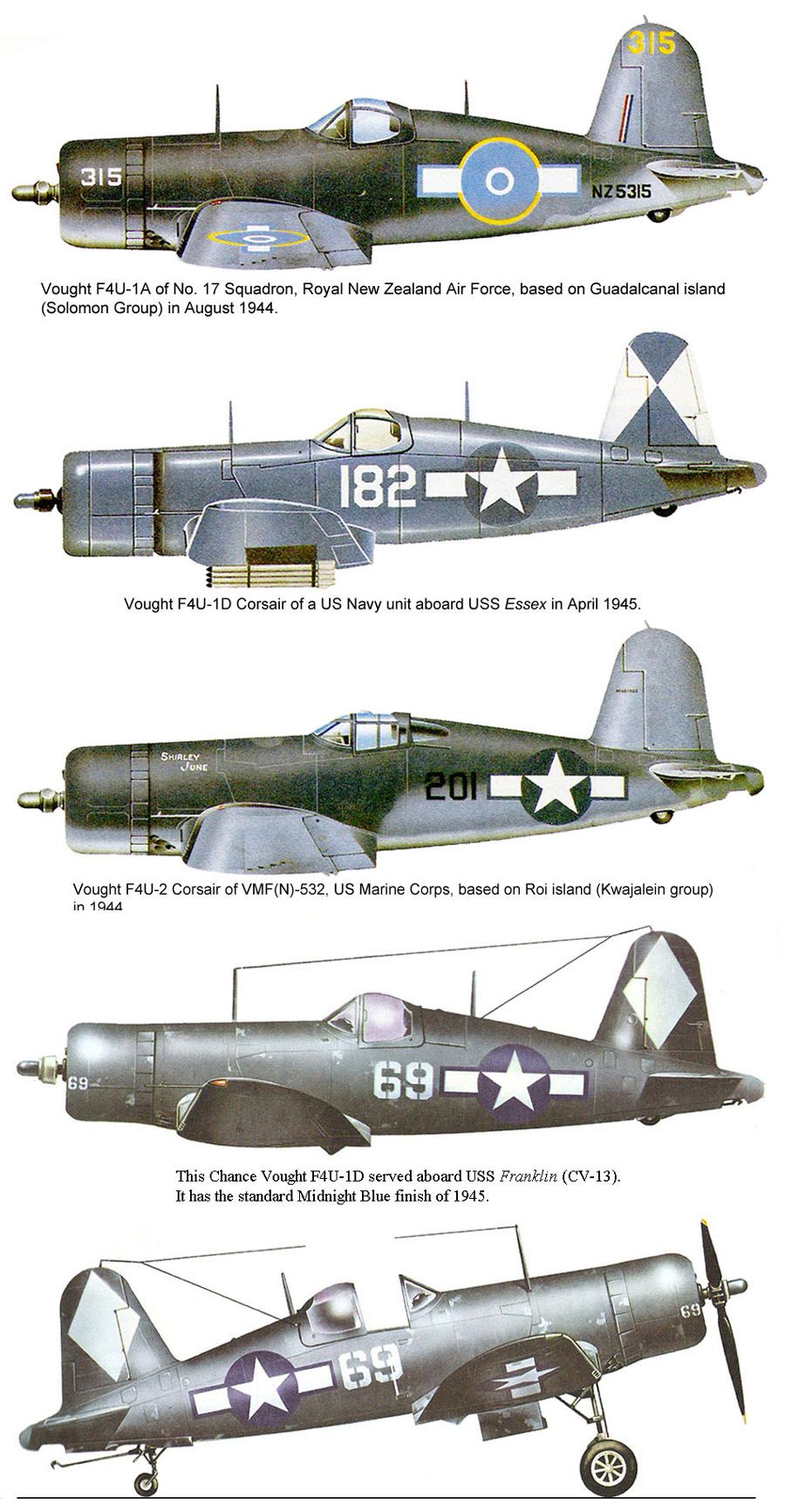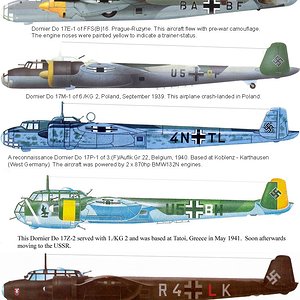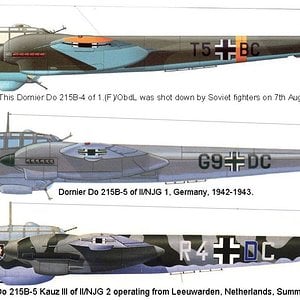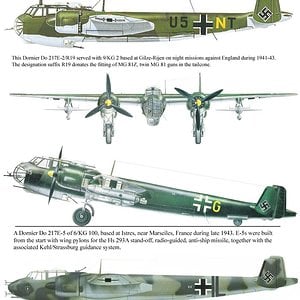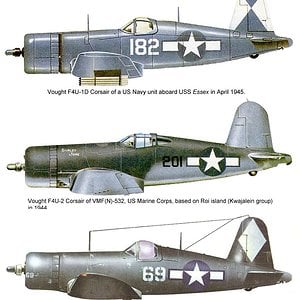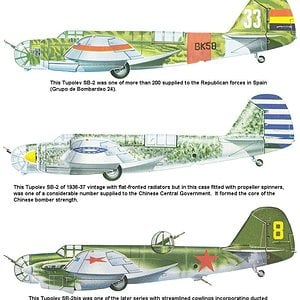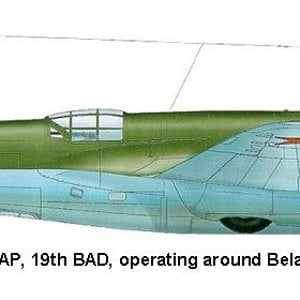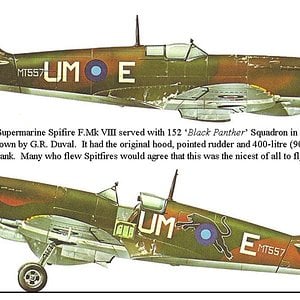Navigation
Install the app
How to install the app on iOS
Follow along with the video below to see how to install our site as a web app on your home screen.
Note: This feature may not be available in some browsers.
More options
You are using an out of date browser. It may not display this or other websites correctly.
You should upgrade or use an alternative browser.
You should upgrade or use an alternative browser.
The Vought F4U Corsair was one of the most successful naval aircraft of the Second World War. It was produced in greater numbers than any other carrier aircraft, with 12,571 being produced between 1943 and 1952. It had a longer production run than any other American piston engined fighter. It played a major role in the Allied fight back in the Pacific, first seeing combat towards the end of the battle of Guadalcanal in February 1943. It had the most powerful engine yet fitted to a single engined fighter, one by-product of which was the distinctive invert-gull wing, adopted to allow the use of a large propeller with normal landing gear.
The only blemish on its record is that the early Corsair was not well suited to carrier operations. Its long nose reduced visibility, its tendency to dip to port at low speeds and to bounce on landing meant that the US Navy did not use it on carriers until the end of 1944. As a result, the Corsair achieved most success with the Marine Corps, who used it as a land based aircraft.
The Corsair was at least the equal of any Japanese fighter. The Kawanishi N1K2 “George”, the best Japanese land fighter of the war, was probably its clossest rival, but only 1,500 were produced, far too few to turn the tide against the Corsair. In American service the Corsair shot down 11 Japanese aircraft for every Corsair lost in air to air combat (2,140 Japanese kills for 189 losses). Another 1,435 Corsairs were lost to anti-aircraft fire or accidents – the long nose and poor ground visibility took their toll.
Info: History of War
http://www.historyofwar.org/subject_air.html#aircraft
Profiles:
Aircraft Of World War 2
Published by Octopus Books Ltd.
American Aircraft Of World War II
Published by Chancellor Press Ltd.
The only blemish on its record is that the early Corsair was not well suited to carrier operations. Its long nose reduced visibility, its tendency to dip to port at low speeds and to bounce on landing meant that the US Navy did not use it on carriers until the end of 1944. As a result, the Corsair achieved most success with the Marine Corps, who used it as a land based aircraft.
The Corsair was at least the equal of any Japanese fighter. The Kawanishi N1K2 “George”, the best Japanese land fighter of the war, was probably its clossest rival, but only 1,500 were produced, far too few to turn the tide against the Corsair. In American service the Corsair shot down 11 Japanese aircraft for every Corsair lost in air to air combat (2,140 Japanese kills for 189 losses). Another 1,435 Corsairs were lost to anti-aircraft fire or accidents – the long nose and poor ground visibility took their toll.
Info: History of War
http://www.historyofwar.org/subject_air.html#aircraft
Profiles:
Aircraft Of World War 2
Published by Octopus Books Ltd.
American Aircraft Of World War II
Published by Chancellor Press Ltd.

